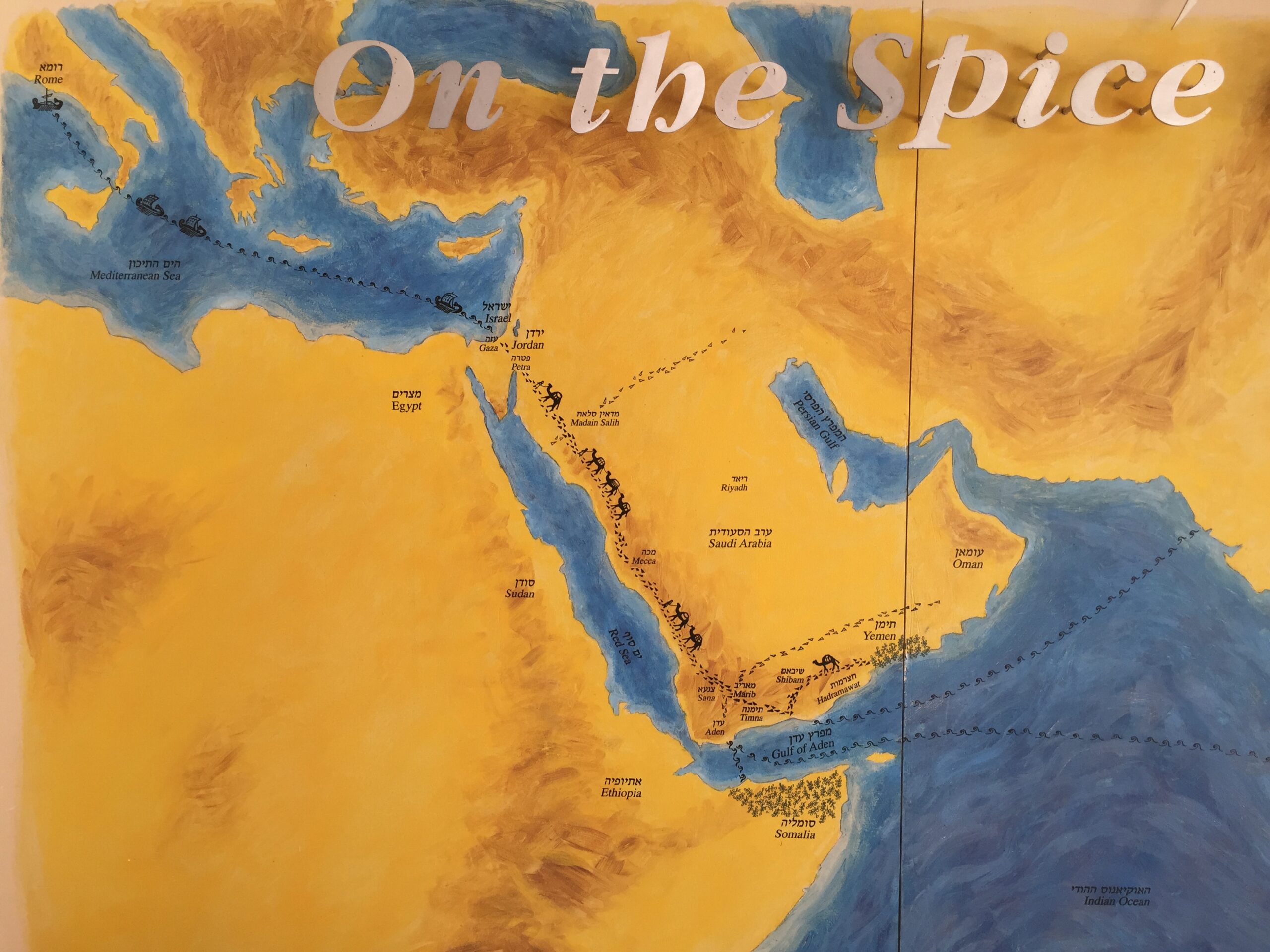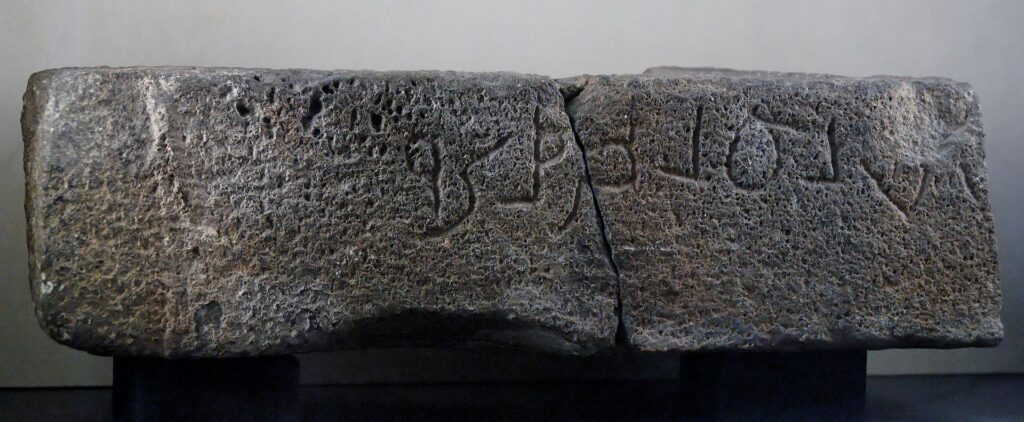
Few people have ever heard of the Nabataean Empire, even though this small desert kingdom faced the Greeks and almost brought the Roman Empire to its knees. Their secret was not so much a powerful army as a thriving economy. The Nabataeans monopolyed the supply of incense to temples in Europe, creating an empire of wealth and opulence unparalleled in the deserts of Arabia. Their secret of survival lay less in their powerful army than in their skillful use of economy, secrecy, deception, and diplomacy. Today, the spectacular ruins of the ancient city of Petra, the most famous city of the Nabataean Empire, attract tourists and historians alike. Other Nabatean cities lie buried under the dust and sands of time. The kingdom of the Nabataeans has been lost and forgotten for thousands of years.
The word “Nabataeans” comes from the Arabic word “Nabati” which means “dwellers of Naba”. Naba was a site in the region of Petra in modern-day Jordan and is believed to be the original settlement of the Nabataeans. The Nabataeans also called themselves “Qedarites”, referring to their descent from the ancient Arabs of the Qedar tribe. However, the exact meaning of the name Qedar is not known.
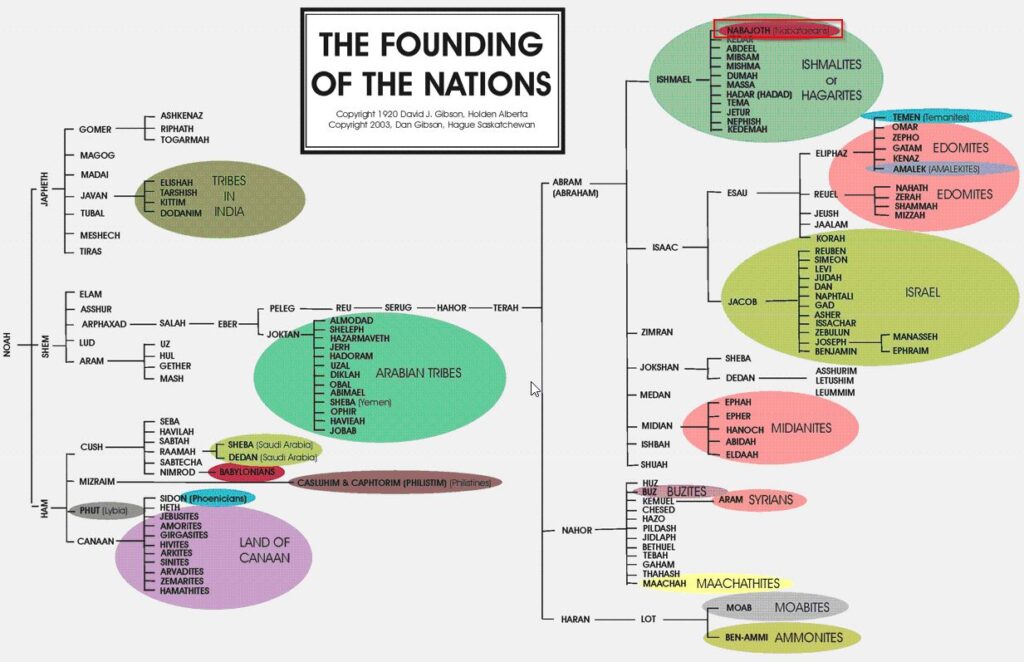
Source: https://nabataea.net/explore/history/founding-of-the-nations/#images
Petra was the capital of the Nabataean Empire and was located in a remote valley in Jordan. The city was founded in the 4th century BC. Founded in 300 BC, it served as an important trading hub between East and West. Petra is best known for its unique rock architecture, including the famous Treasury (al-Khazneh) carved into the rock.The Nabataeans made clever use of the terrain and built an elaborate system of cisterns and irrigation canals to harness the water in the desert to supply their city.
In the 1st century B.C. The Nabataeans reached their peak under the leadership of Queen Zenobia. They controlled important trade routes and traded in spices, incense, silk and other luxuries. They were also able to use their countries’ resources to build a prosperous trading empire.
In 106 AD the Nabataean kingdom was conquered by the Romans and incorporated into the province of Arabia Petraea. The Nabataeans assimilated into Roman culture and most of them converted to Christianity. The city of Petra declined in importance and eventually fell into oblivion until it was discovered by the Swiss explorer Johann Ludwig Burckhardt in the 19th century.
The reasons for the decline of the Nabataeans are not clearly understood. Some historians attribute this to the growing influence of the Roman Empire and the consequent loss of their independence. Others argue that a change in trade routes and the decline in trade in luxury goods, which were once the heart of the Nabataean economy, may have contributed to the decline.
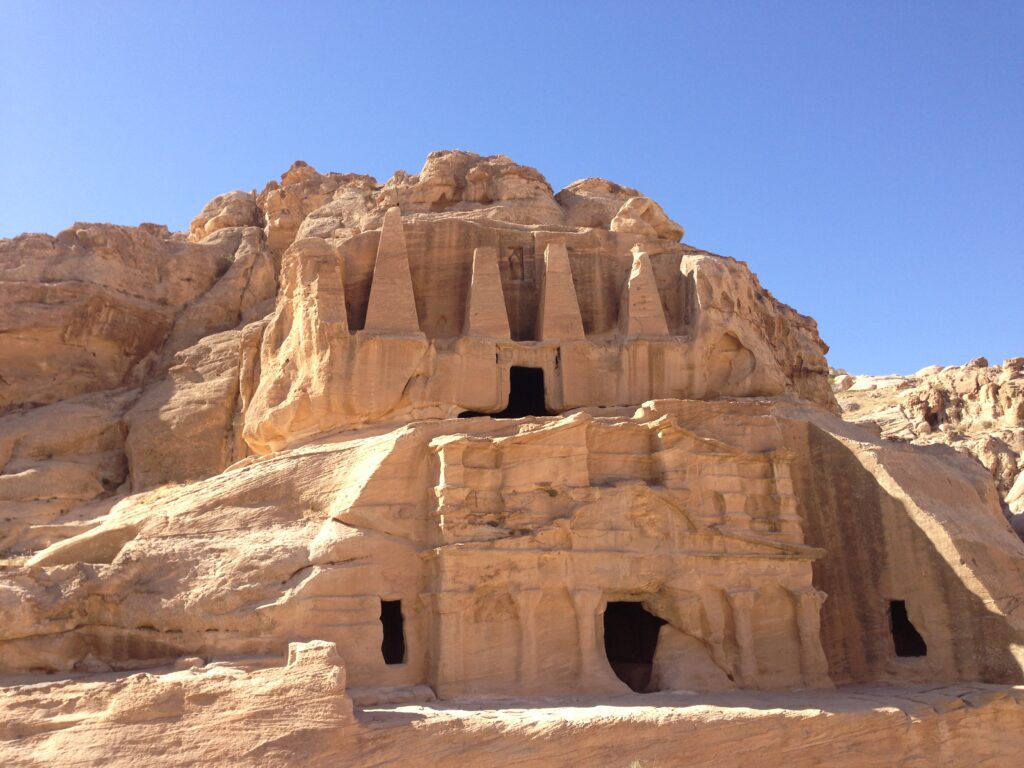
Overall, the Nabataeans were an influential people who established an impressive trading empire and made valuable contributions to architecture and technology. The city of Petra still bears witness to its progressive culture and rich heritage. The exact origins of the Nabataeans are unclear as there are few written records of them. However, it is believed that they were originally a nomadic tribal group living in the region of what is now Jordan and Saudi Arabia.
The Nabataeans first appeared in history when they died in the 4th century B.C. began trading with the Greeks and other peoples in the region. They were also known for their skills as caravan leaders and benefited from the trade routes that passed through their territory. Over time, the Nabataeans developed their own culture and language and began to build their cities and buildings out of stone, including the famous city of Petra. They were eventually conquered by the Romans and assimilated into Roman culture.
The Nabatean language was a Semitic language closely related to Aramaic. It was used in the Nabatean inscriptions found in Petra and other cities.
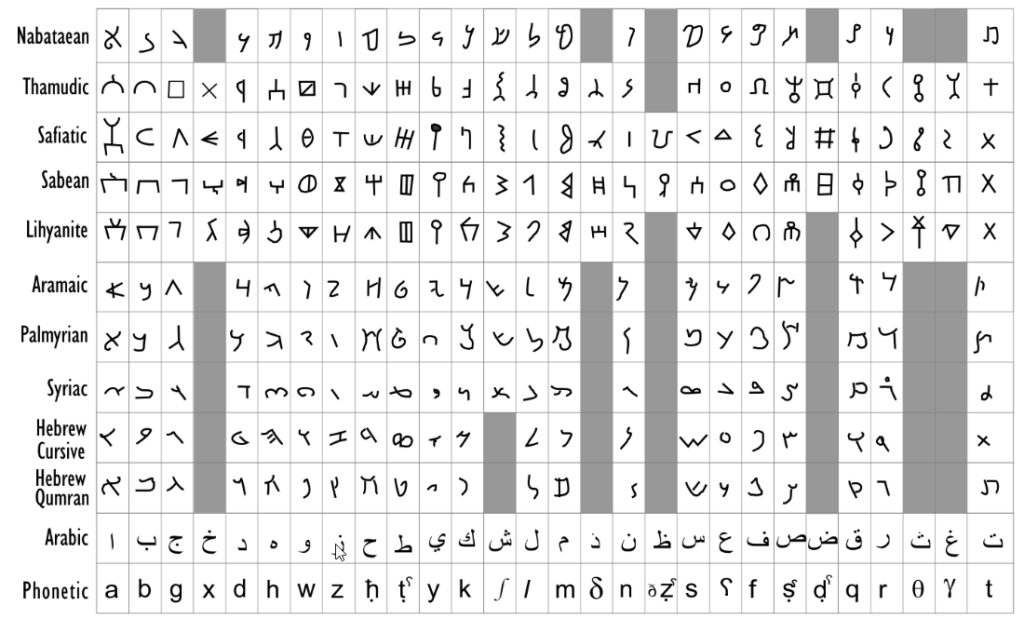
The Nabatean religion was a polytheistic religion that worshiped a variety of gods and goddesses. The most famous gods of the Nabataean religion were Dushara and Al-Uzza. Dushara was the supreme god of the Nabataeans and was often compared to Zeus and Jupiter. Al-Uzza was a goddess of war and protection and was often compared to Venus and Aphrodite.
The Nabataeans also practiced the cult of the wadi, a sacred spring or spot in the desert. Pilgrimage to the Wadi was an important part of Nabataean religion and brought significant revenue to the city of Petra. With the Roman conquest of the Nabataean Empire, the Nabataean language and religion were slowly supplanted and replaced by Roman culture and Christianity.

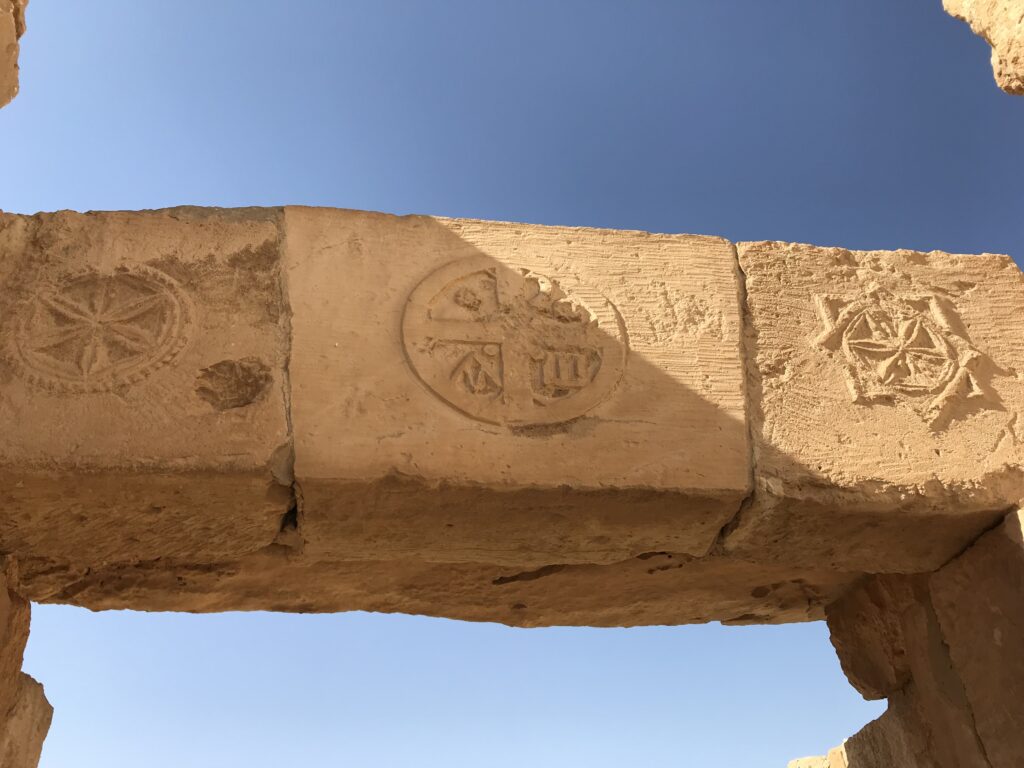
An interesting source for further information about the Nabataeans is the Canadian archaeologist Dan Gibson https://nabataea.net
